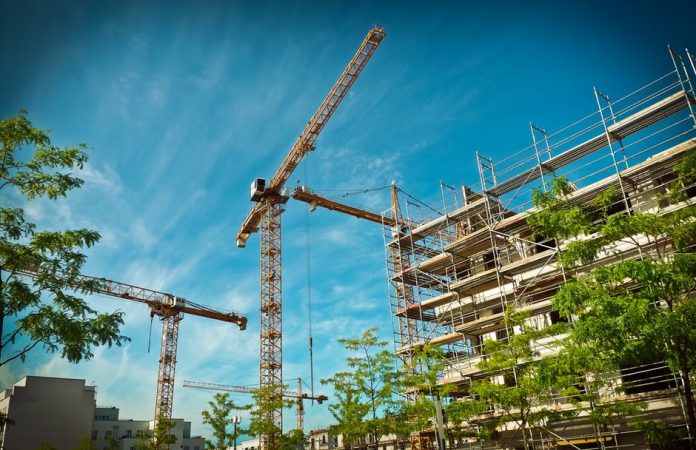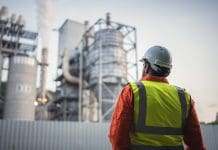Ever wondered what happens as part of the modular build process? How do building plans leap from the page and become a reality? MTX Contracts, specialists in modular design and build, show us what happens in seven steps
Building a property, whether it is a home or a business premises, is a feat of organisation and skill – materials need to be ordered and tradespeople coordinated on site. Modular building is a speedy process but this doesn’t mean slipshod results or poor quality finish. In fact, it means the opposite.
Modular building is the process of creating a building offsite. All the parts are built off-site and connected once in situ at their final location. Broadly speaking, a modular building process follows seven steps;
Step 1 – Design
Like all building process, before the perfect modular building can be created, it needs to be designed. As such, key questions need to be answered, some of which are;
- What will the building be used for?
- What requirements are needed in terms of space, and how the building needs to function?
- What exterior finish is needed?
- What does the client envisage the interior looking like?
- How many modules or units will be needed?
- Are there special requirements, such as a laboratory design, a classroom and so on?
This first step is important and worth spending time on because all the big and smaller details combine to give the perfect final product. Your design team will guide you through all these important questions.
Step 2 – Engineering
Like traditionally built properties, there are a number of building regulations that need to be met in order for the building to be ‘signed off’ by building inspectors and planners. From energy efficiency measures to conservation codes, mechanical codes, electrical regulations and fire, the engineering step looks at how these regulations will affect the final appeal, shape and form of your building.
Again, this is a process that applies not just to modular building but to traditionally built properties too.
Step 3 – Planning permissions
Once the questions in the first step are answered and the engineering requirements also dealt with, many clients choose to submit their plans for planning approval. This step can last for some time, especially if the design needs to be modified in order to be considered further. However, with the environmental benefits and green credentials of modular building becoming widely known, planners are looking to encourage this kind of building technique (although this does not guarantee planning permission!)
Step 4: Site preparation
With planning permission in place, designs and plans finalised, development of the building can now begin. Unlike traditionally built properties, however, modular building process happen in tandem.
Site development can begin, such as demolition of existing buildings, the ground levelled, and other groundworks can begin. Utilities are installed too, ready to receive the building which is being built in the factory at the same time.
Step 5 – Offsite building
With the ground works set in motion, the building process begins in earnest in the factory. Starting with timber frame, the walls etc are then added, followed by insulation and then walls etc.
This process is quick but without compromising on the quality of materials nor build.
Step 6 – Transportation to site
Once the modules reach a certain stage of construction, they are transported to site, usually on the back of a low loader. They are then craned into position on their foundations. The units or modules are created in such a way that they can be easily transported without special licences needed, in most cases.
Step 7 – Installation
Once everything is onsite, the process of connecting everything together can begin. It is a process that takes far less time than other building methods. In fact, overall the time spent building modular units is nearly half of that of traditional building methods, a benefit not just to commercial clients but domestic clients too. With less waste too, the process is becoming increasingly popular.
The interior is finished to a high specification, with the exterior also finished in the way that the client specifies. In fact, it is almost impossible to tell a modular build from a traditionally built one once finished to such a high standard.
Many businesses opt for turnkey solutions. In other words, they take possession of their new modular build premises when everything is in situ. This is an excellent solution and you can see that this process, although it may start off the same as other building methods, diverges at the latter stages where several important steps happen at the same time.
Modular building is a solution for domestic and commercial clients. Find out more about the specialist projects that MTX Contracts are involved in by connecting with them on Twitter @MTXContracts.











![[VIDEO] UK-based firm reveals ‘world’s first’ fully AI-driven architectural project Studio Tim Fu has revealed the 'world's first' fully AI-driven architectural project in Slovenia, developing six luxury villas on the Lake Bled Estate](https://www.pbctoday.co.uk/news/wp-content/uploads/2025/03/Interior-1-studio-tim-fu-218x150.gif)


